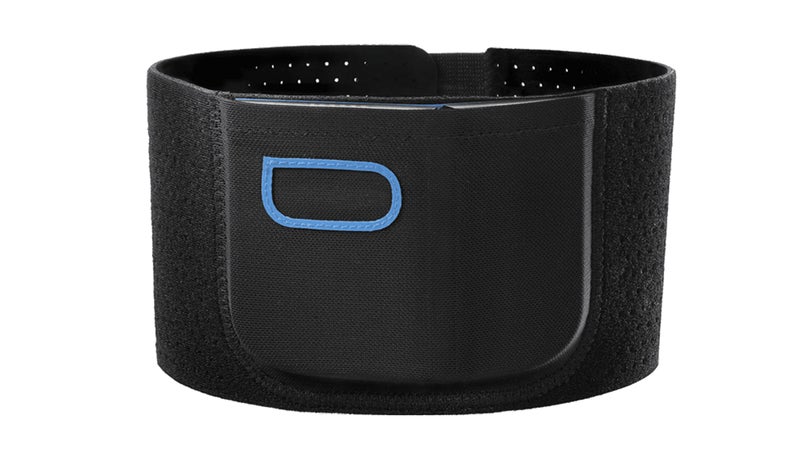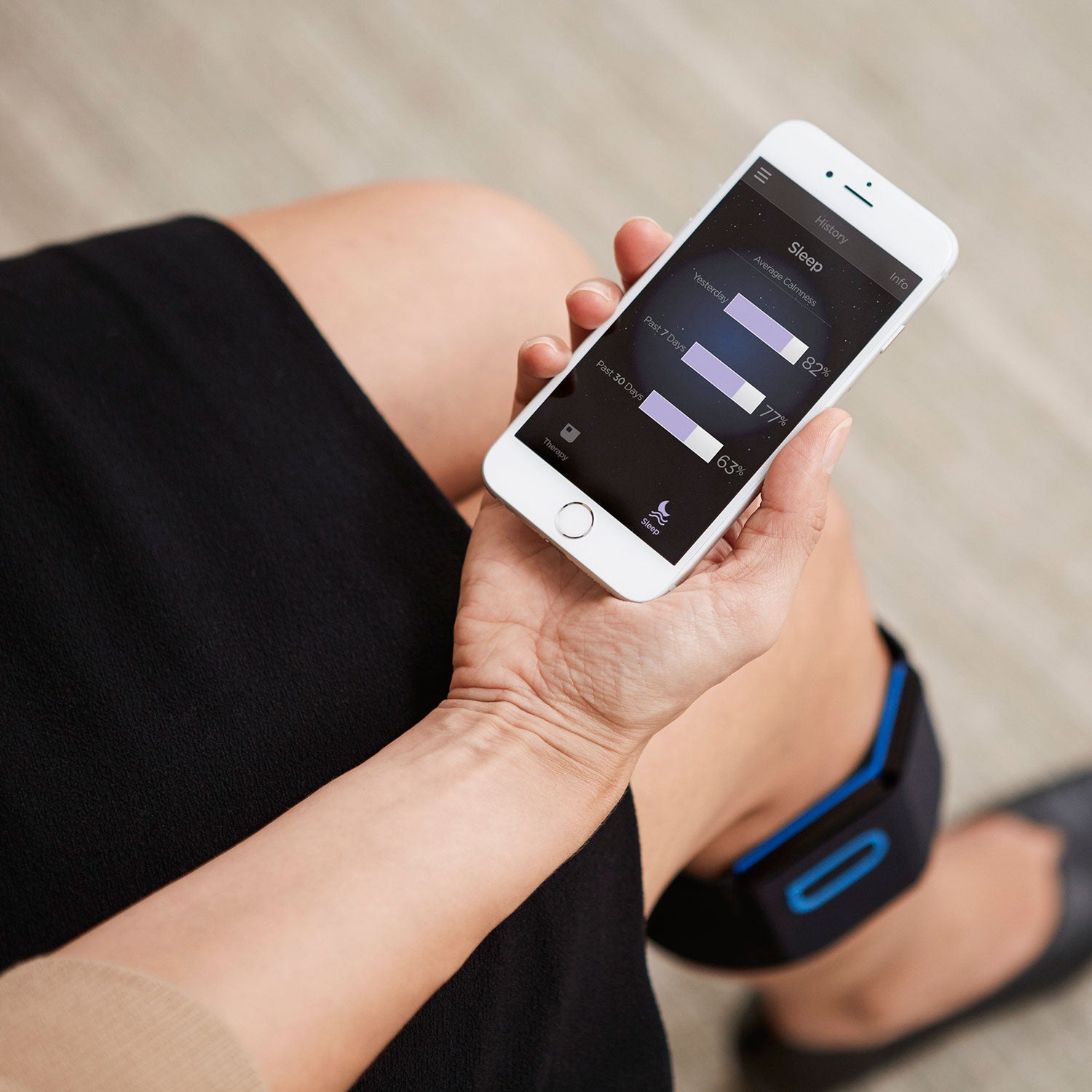Pain is a part of any athletic feat, but we’ve found ways to control it. When you pop an aspirin, for instance, the pill blocks the production of chemicals that transmit��pain, fever, and inflammation.
A new crowd-funded product claims it can produce a similar effect. Called , the $199 sleeve is designed to be worn around your calf. It then transmits electrical stimulation through neural pathways to the brain that, in theory, both blocks pain signals and increases production of opiates like serotonin. Think of it as the combination between a painkiller such as aspirin or Aleve and something stronger like a low dose of oxycodone or —just minus the addictive downsides.

Quell founders based their device on pre-existing transcutaneous electrical nerve stimulation (TENS) machines. has been around for decades and has been used by everyone from Tour de France cyclists to people rehabbing broken bones. The theory behind Quell is identical to that of TENS—sending pain-killing messages to the brain via electrical stimulation.
Amazon carries , but none of them are designed for comfortable��24/7 wear.��Which makes Quell unique, especially because consistent use is key for TENS to work, and Quell fires off doses of therapy automatically at one-hour intervals. ��the most effective TENS treatment involves 60-minutes of stimulation, followed by an hour without dosing. This on-off metering regimen would be almost��impossible to follow without a portable device.
But before you throw your Advil out the window, know that there are a few potential issues with the new tech.
First, there’s no evidence that Quell users will self-administer enough electricity to their calf to actually relieve pain, , a research scientist at the University of Iowa who’s studied��TENS extensively.
In order for a TENS machine to provide pain relief, it must be operated at fairly high, almost uncomfortable, dosage. Sluka raised concerns that most Quell users won’t run their devices at such a high intensity, and if they don’t, they likely won’t get much relief. Quell’s power output provides that capability but Sluka says she’s “concerned people may not put up with that.” ��
Another issue: Quell might be able to treat localized pain at the calf, but scientists doubt it can cure general��chronic pain, as the company claims. Most of the TENS studies suggest that the treatment is only effective locally, says Sluka. So a band around your calf will cure pain at your calf, not your lower back. “It’s less clear if I have neck pain and I use TENS on my calf if I’ll get the same effect,” she says. ��
Even Quell cites to support TENS��ends with the conclusion that “[t]here was no functional benefit of TENS in the treatment of patients with chronic lower back pain.” All the patients in the study who claimed to get pain relief from the electrical stimulation were given dosages locally, and experienced local pain relief.
Here’s the other thing: Quell’s stressed that its product is FDA-approved. But that’s true for all��TENS devices, and has been for decades, says Sluka. You can buy lots of TENS devices over the counter or by prescription—some for as little as $30. Becuase there are so many affordable TENS units on the market, it may be a tough sell to get your insurance to pay for the $199 Quell.
All of these misgivings will be washed away if Quell works, and maybe we’ll even see further integration into basic wearables, with painkilling and heart-rate tracking combined in a single device.
But for the moment we remain cautious about whether this wearable painkiller can actually live up to the hype.


